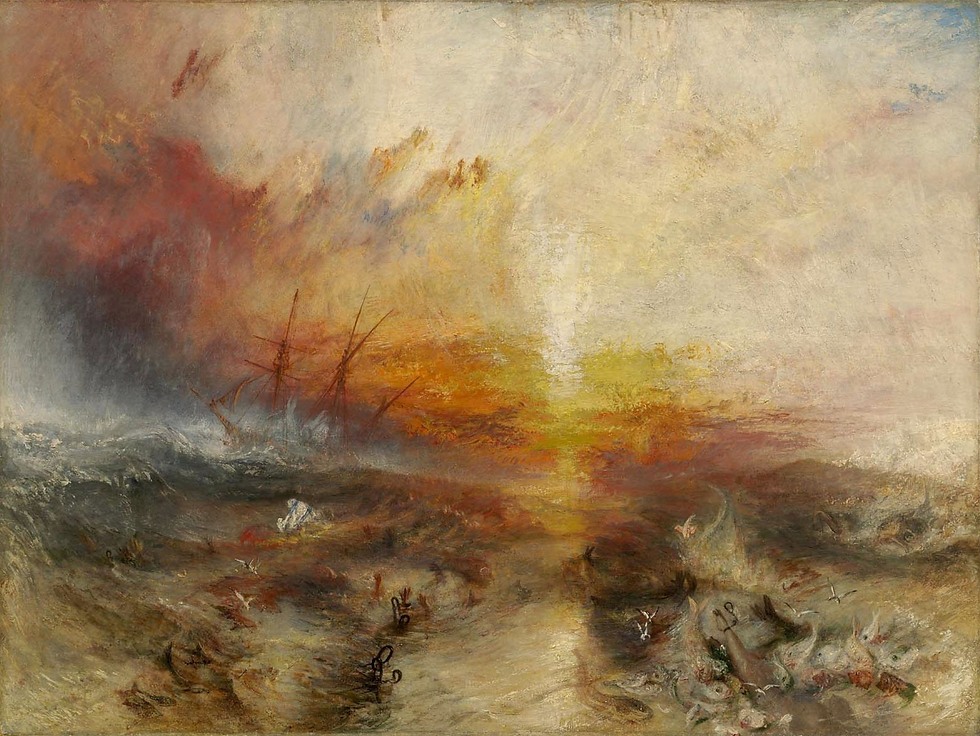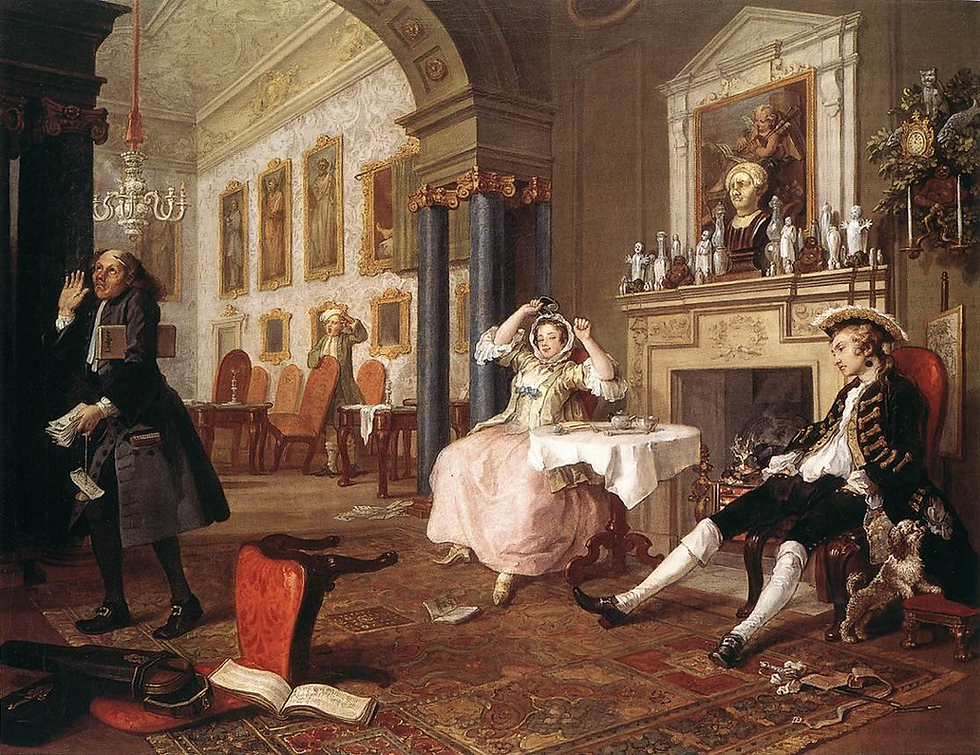A Sunday Afternoon of the Island of La Grande Jatte by Georges Pierre Seurat
- vivi2tang
- Nov 10, 2023
- 2 min read
Updated: Jun 1

Georges Pierre Seurat was a French post-Impressionist artist who lived from 1859-1891. He was mainly known for inventing an art style called “Pointillism,” inspired by the then-developing optical and color theory research. He primarily studied the research of Michel Eugène Chevreul and physicist Ogden Rood, who believed that two chromatically different colors would become bolder when blended. This technique was an art that consisted entirely of tiny dots. By doing this, Seurat believed that the dots created more vibrant colors. He enjoyed painting scenes of modern life but also incorporated art from the past. His paintings included depictions of Egyptian sculptures, Greek sculptures, and Italian Renaissance frescoes.
A Sunday Afternoon of the Island of La Grande Jatte, also considered Seurat’s best piece, was described in many ways when first displayed in Paris. He began to create this piece starting in 1884. He continued to create this piece up until 1886 when the art debuted at the 8th annual Impressionist Exhibition. Some adjectives used were “bedlam,” “scandal,” and “hilarity.” Seurat depicts people of different social classes in a park West of Paris on the La Grande Jatte in this painting. He used colors that complemented each other well to create a calm feeling. The piece was visually pretty vague, allowing for various interpretations by the viewer. The figures appeared to be frozen in time, creating feelings of ambiguity. They are almost like mannequins devoid of any emotions and thoughts.
One interpretation of the piece is that it reflected the modern day and the feelings of isolation surrounding it. In the middle of the painting, there is a butterfly, a symbol of fragility. During the Industrial Revolution, butterflies were commonly used as motifs of the environmental and social impact of factories. The sun also shines brightly in the painting, representing how the working class will have a better future ahead of them while the French bourgeoisie is standing in the shade and fading away.
Many people today think of science and art as opposite topics. However, Seurat’s use of science in his pieces proves that despite being incredibly different, they can go hand-in-hand simultaneously.




Comments